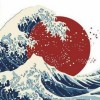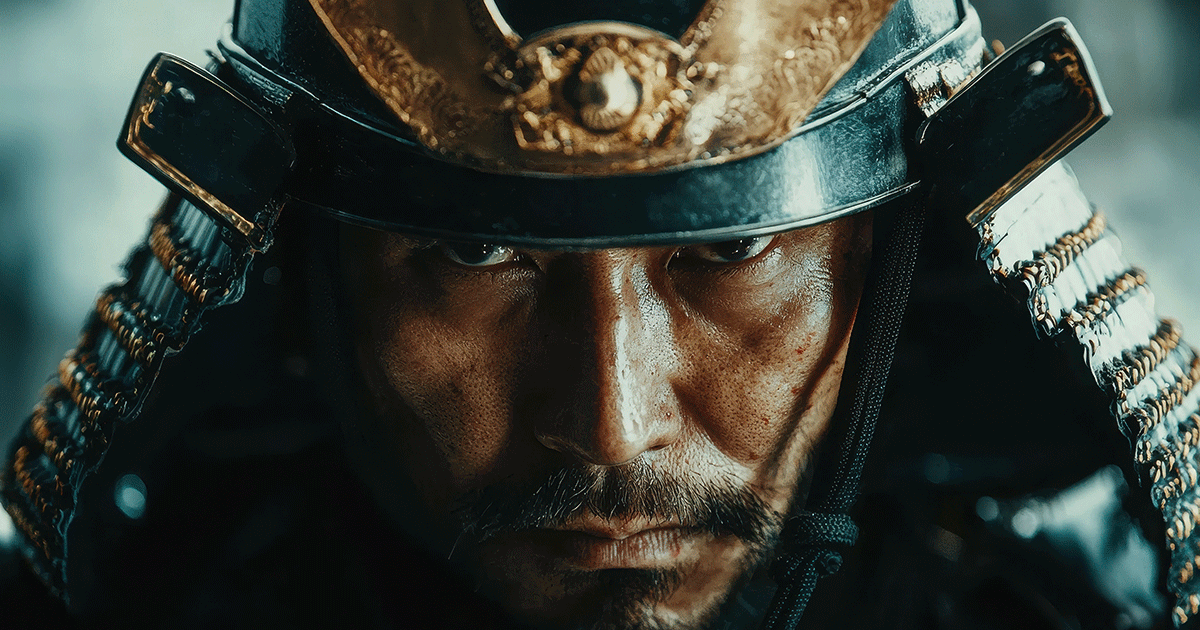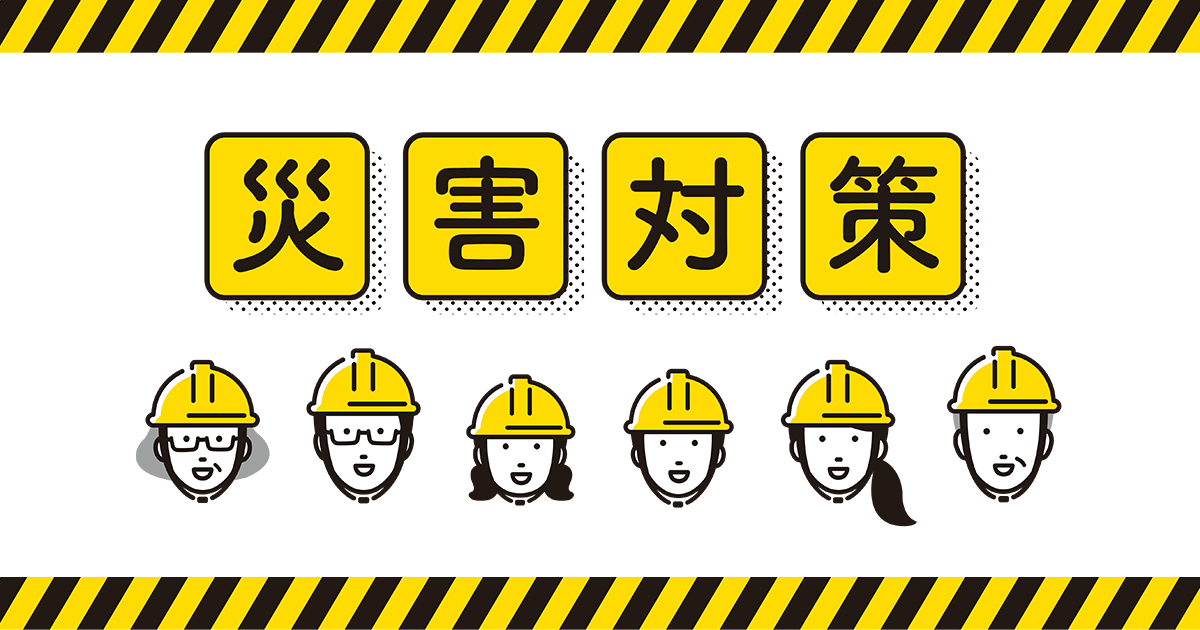和訳お願いします。
The conference room window overlooks a line of floor-to-ceiling, gleaming steel flanks. The steel feels chilly but not cold; the warehouse-like space they inhabit is unheated in the Arizona “winter”. But don't lift the inner styofoam lid and stick your hand in: they are filled with liquid nitrogen, which boils at 77 degrees Kelvin(-196C). from a nitrogen storage tank, a pipeline snakes along the ceiling sending a runner to each flask-more correctly, “dewar”-to top it up.
Most of the dewars are occupied. This is a little eerie. We are at Alcor, the cryonics organisation. The dewars' 79 occupants were-possibly will have been-people with a dream: that given enough time, medical science will advance enough to cure them of whatever killed them. To pay for their decades-centuries, possibly-at temperatures cold enough to prevent decomposition, they bought life insurance policies of between $75,000(£38,500) and $100,000. Legally, they are dead. To Alcor's staff, they are “patients”.
Cryonics is a small community. The two largest cryonics organisations, Alcor and Michigan-Based Cryonics Institute, together poll about 1,600 members. Alcor has 79 patients and 33 pets in cryopreservation; CI has 85 patients and 50 pets.

























お礼
ありがとうございます。 納得しました。